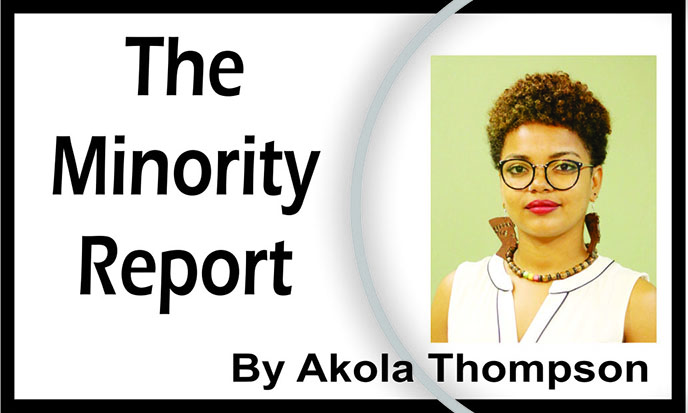Despite the rules and regulations that usually surround Black hair, the impacts brought about by these are often treated as minor. It is seen as just one more thing in the long list of “complaints” that Black folks have, which are not be taken seriously – even if these issues are systemic ones that have far reaching consequences.
Hair discrimination of course is nothing new and has been with us since the beginning of colonialist expansion, but there are still those who will argue that its just hair and not worth all the attention it gets when negative experiences are highlighted. Much like how skin colour is tied to our race and has an impact on our life experiences however, so too does hair.
From young, the relationship that many Black children have with their locks is a complicated one. Nappy, dirty, messy, hard, these are some of the first words that they will learn to utilize when describing it. Small wonder that the majority grow up feeling intense shame and hate towards their locks in its natural state. It has become so second nature to police to discriminate against persons based on their hair that many have long buried any thoughts about the fact that they are being discriminatory. This has resulted in an environment wherein it is acceptable for schools to shame young boys and girls for the way their hair grows naturally from their head, contributing towards a hostile learning space for children who are Black.
This is not only reserved to school environments however, but in every strata of society one can think of. With the home often being the first place that they learn to see their hair as “other” and thus something to be disliked, Black children enter community spaces and have the ideas further solidified that the way that their hair grows is something that is undesirable. By the time they enter the work sector, they have long internalized the negative perceptions of their hair. Even for those who have not internalized this and have learnt to love and care for their hair in spite of it all, many are still forced to conform to what is deemed as appropriate by social, educational and professional standards of acceptability. Of course, the parameters of appropriate when it comes to Black hair, are usually reserved for that which is gelled down with slick edges or hiding under a weave or other protective style. This is the case especially for those who do not have what is perceived to be “good hair.”
Unsurprisingly “good hair” is understood to be that which does not align too closely to coils and kinks, but more towards the ideal of loose curls and waves. This desired hair pattern usually comes about through mixed parentage and often comes with its own issues of inter-ethnic family dysfunction and ambivalence. While hair discrimination affects afro-descended persons across all spheres, its degree varies and is dependent on things such as their hair texture, colour and class status. As with most things in this world, there is a hierarchy to hair, with those with thick coarse locks being placed on the bottom rungs while those with loose curls and straightened hair are placed on the upper rungs. These classifications largely have to do with Eurocentric beauty ideals, but it also has a lot to do with earning power. Throughout many points in our history and even today, straight or curly hair is judged as being linked to a better life. This perception usually holds true, as those with “good hair” are often more likely to land jobs during the interview stage, earn more money and have more romantic prospects than those who have tighter, thicker coils. While there has been progress over the years as more Black persons are embracing their natural locks, not much has shifted when it comes to hair texturism and the way judgements are made on persons due to the way they style their hair.
As much as we would want it to be, hair unfortunately will never just be hair. As long as the dislike towards predominantly Black features and characteristics remains, afro-descendants will continue to face both internal and external shame towards their hair. The reality of young children not being punished for traditional Black hairstyles or those in the workforce not being overtly and covertly forced to conform to set standards of acceptability, will not be realized unless we actively begin to work against the anti-Black biases and perceptions we have all internalized in one way or the other.





